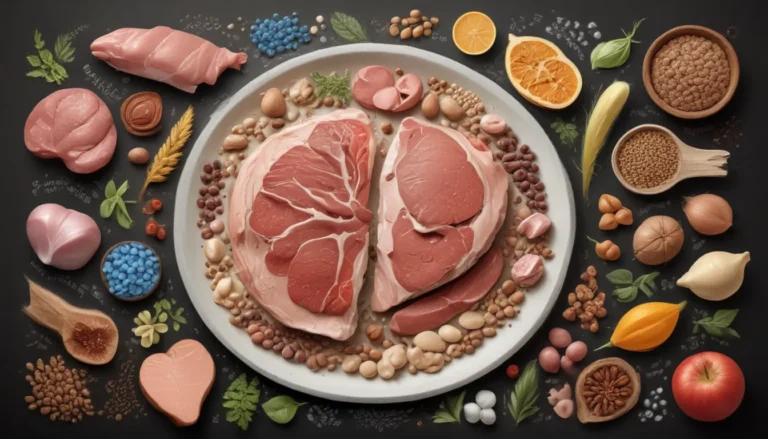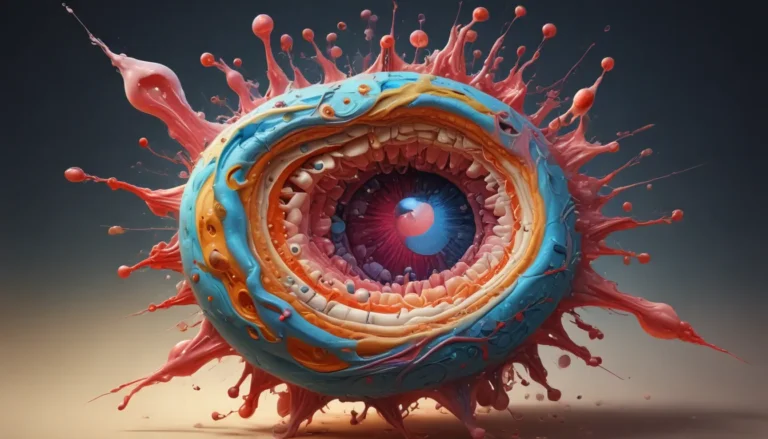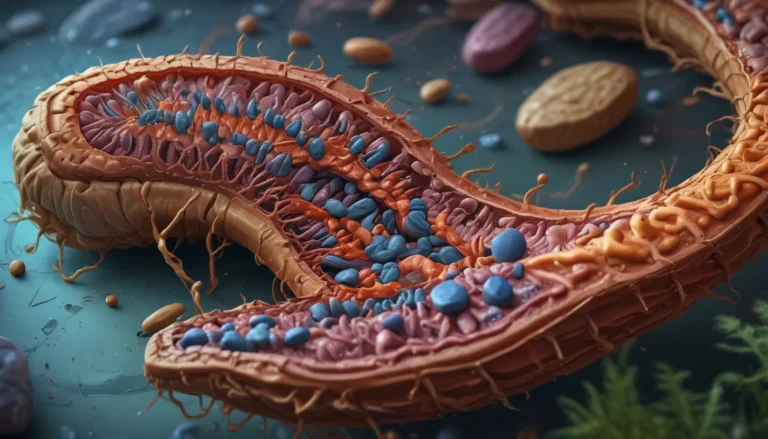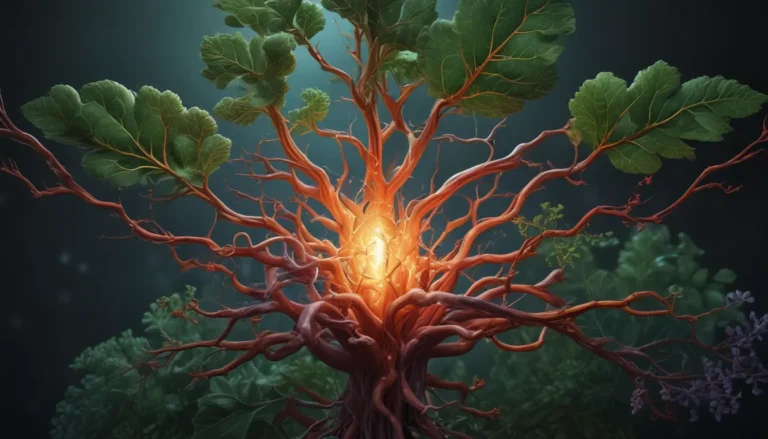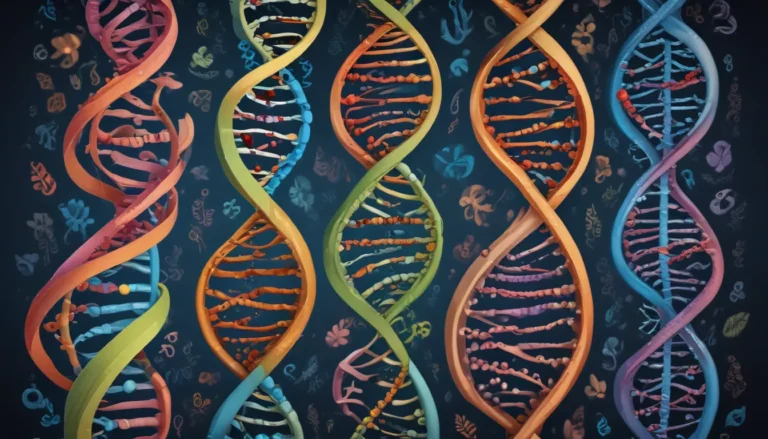A Note About Images: The images used in our articles are for illustration purposes only and may not exactly match the content. They are meant to engage readers, but the text should be relied upon for accurate information.
Homologous chromosomes, also known as homologs, are the unsung heroes of genetic inheritance, quietly orchestrating the diversity and complexity of life on Earth. From their role in determining traits and gender to their significance in genetic disorders and evolution, homologous chromosomes are a fundamental aspect of genetics that warrants exploration. In this enlightening journey, we will delve into 16 captivating facts about homologous chromosomes that will broaden your understanding of genetics and ignite your scientific curiosity. Let’s embark on a quest to unravel the mysteries surrounding these essential genetic components and immerse ourselves in the fascinating realm of genetics.
Key Takeaways
- Homologous chromosomes: Pairs of chromosomes that determine traits, gender, and genetic diversity through processes like crossing over and independent assortment, playing a crucial role in inheritance and evolution.
- Genetic disorders: Defects in homologous chromosomes can lead to genetic diseases, while their study provides insights into evolutionary relationships, unraveling the complexities of genetics and biology.
Homologous Chromosomes Unveiled
Homologous chromosomes are not mere genetic structures but intricate partners in the dance of inheritance. Here are some fascinating insights into the world of homologous chromosomes:
Homologous Chromosomes in Harmony
In the realm of diploid organisms, such as humans, homologous chromosomes exist in pairs, each carrying a unique blend of genes inherited from the mother and father. This union of genetic information paves the way for genetic diversity and inheritance.
Chromosomal Determination of Gender
In species with chromosomal sex determination, like humans, homologous chromosomes XX and XY in females and males, respectively, dictate an individual’s gender. The presence of distinct sex chromosomes influences physiological and morphological characteristics, shaping an individual’s identity.
Genetic Symphony: Crossing Over
The enchanting process of homologous recombination allows homologous chromosomes to exchange segments of genetic material, promoting genetic diversity and ensuring accurate distribution of genetic information during cell division.
Synchronized Cabal: Meiotic Alignment
During meiosis, homologous chromosomes elegantly pair up and align precisely through synapsis, paving the way for genetic material exchange and facilitating the seamless segregation of chromosomes into daughter cells.
Allelic Diversity
While homologous chromosomes bear the same genes, they may house different alleles, variations in gene sequences. This diversity fuels genetic variation, influencing an individual’s traits and characteristics with a subtle touch of uniqueness.
Architects of Evolution: Crossing Over Mechanism
Crossing over, the genetic tango between homologous chromosomes, plays a pivotal role in shuffling genetic information. It sparks genetic diversity, creating new combinations of genetic traits, sculpting the landscape of evolution.
Intertwined Partners in Prophase I
In the intricate ballet of meiosis’s prophase I, homologous chromosomes gracefully pair up, forming bivalents or tetrads. This intimate pairing facilitates genetic material exchange, enriching the genetic mosaic with diversity.
Maestros of Inheritance Patterns
Homologous chromosomes are the conductors of inheritance, dictating the transfer of traits. The interaction of alleles on homologous chromosomes shapes inheritance patterns, influencing the inheritance of specific traits and characteristics.
Non-disjunction Anomalies
In rare instances, homologous chromosomes may fail to segregate properly during cell division, leading to non-disjunction. This mishap results in an abnormal chromosome count in daughter cells, culminating in genetic disorders.
Genetic Diversity Architects
Through crossing over and independent assortment, homologous chromosomes contribute to genetic variability within populations. This diversity serves as a cornerstone for adaptation and evolution, fostering resilience and innovation.
Genetic Treasure Trove: Multi-gene Carriers
Homologous chromosomes serve as carriers of multiple genes, encoding specific traits or functions. These genes harmonize to influence an organism’s characteristics, orchestrating the symphony of development and adaptation.
Diversity in Unity: Variegated Chromosomal Structures
While homologous chromosomes share gene sets, they may vary in size and structure due to differences in additional genetic material or structural rearrangements. These variations add a touch of uniqueness to the genetic tapestry.
Genetic Disorder Sentinels
Homologous chromosomes stand guard against genetic disorders, as anomalies in their structure or function can precipitate diseases. Conditions like Down syndrome, characterized by an extra copy of chromosome 21, underscore the importance of homologous chromosome integrity.
Random Elegance: Independent Chromosome Assortment
During meiosis, homologous chromosomes embark on a random and independent sorting journey into daughter cells. This independent assortment weaves a tapestry of genetic traits, unveiling the mosaic of uniqueness in each offspring.
Architects of Life: Embryonic Maestros
Homologous chromosomes play a pivotal role in embryonic development, providing the genetic blueprint for tissue and organ formation. They sculpt the intricate landscape of life, shaping the very fabric of an organism’s existence.
Evolutionary Time Capsules
The study of homologous chromosomes across species offers a window into evolutionary relationships. By comparing genetic information carried by homologous chromosomes, scientists unravel the threads of evolution, shedding light on the interconnectedness of life forms.
Embracing the Enigma: Homologous Chromosomes Unveiled
Homologous chromosomes beckon us into a realm of genetic wonder, weaving a tapestry of inheritance, diversity, and evolution. As we unravel the mysteries of these genetic behemoths, we gain profound insights into the very essence of life itself. Let us continue our quest, exploring the boundless intricacies of genetics and meiotic wonders, illuminating the path of discovery and understanding.
FAQs
-
What are homologous chromosomes?
Homologous chromosomes are pairs of chromosomes carrying similar genetic information, present in diploid organisms with one chromosome inherited from each parent. -
How do homologous chromosomes contribute to genetic diversity?
Homologous chromosomes undergo recombination during meiosis, exchanging genetic material to create new gene combinations and enhance genetic diversity in offspring. -
Can abnormalities in homologous chromosome pairing lead to genetic disorders?
Yes, abnormalities in homologous chromosome pairing can result in genetic disorders, such as Down syndrome, caused by an extra copy of chromosome 21. -
What is the importance of studying homologous chromosomes?
Studying homologous chromosomes elucidates mechanisms of inheritance, genetic variation, and evolution, offering insights into genetic disorders and strategies for their management. -
Are homologous chromosomes present in all organisms?
Homologous chromosomes are exclusive to diploid organisms, with haploid organisms like bacteria possessing a single set of chromosomes without homologous pairs.
Embarking on the Path of Genetic Enlightenment
Homologous chromosomes serve as gateways to the intricate world of genetics, offering glimpses into the mechanisms of inheritance, evolution, and genetic diversity. As we traverse the genetic landscape, embracing the beauty of meiosis and chromosomal exchange, we unlock the secrets of life’s blueprint. Join us on this exhilarating journey as we delve deeper into the captivating realm of homologous chromosomes, unraveling the tapestry of genetic marvels that shape the diversity and resilience of life on our planet.

